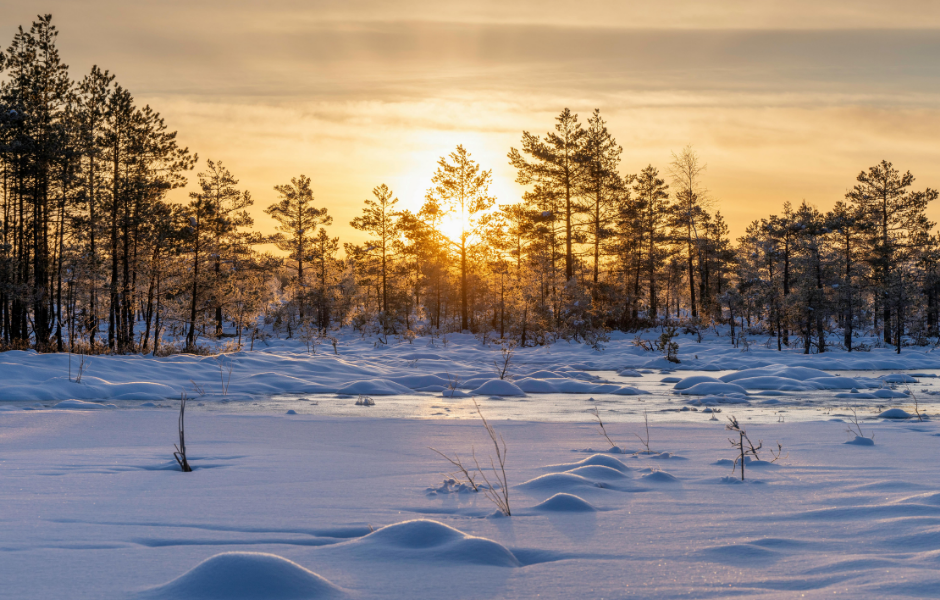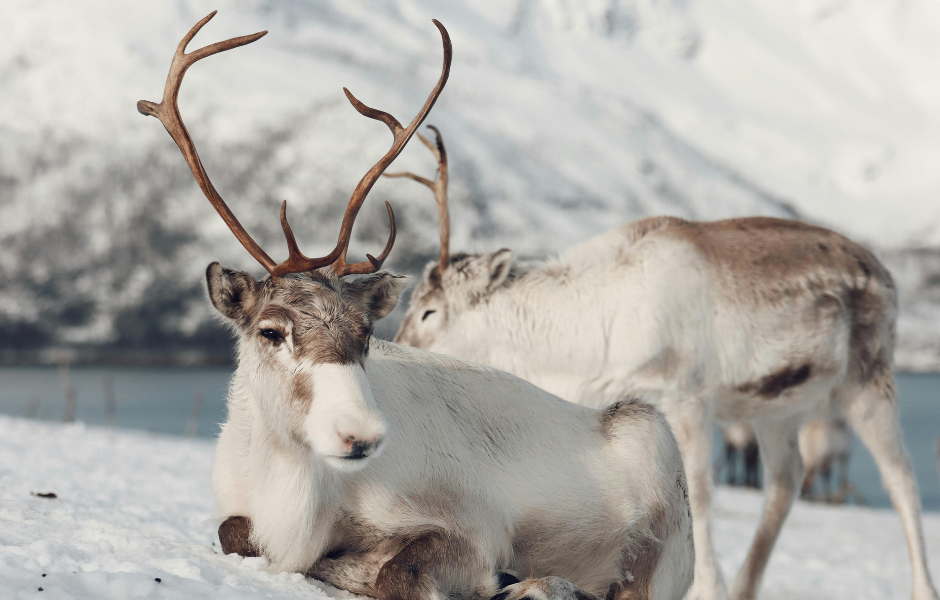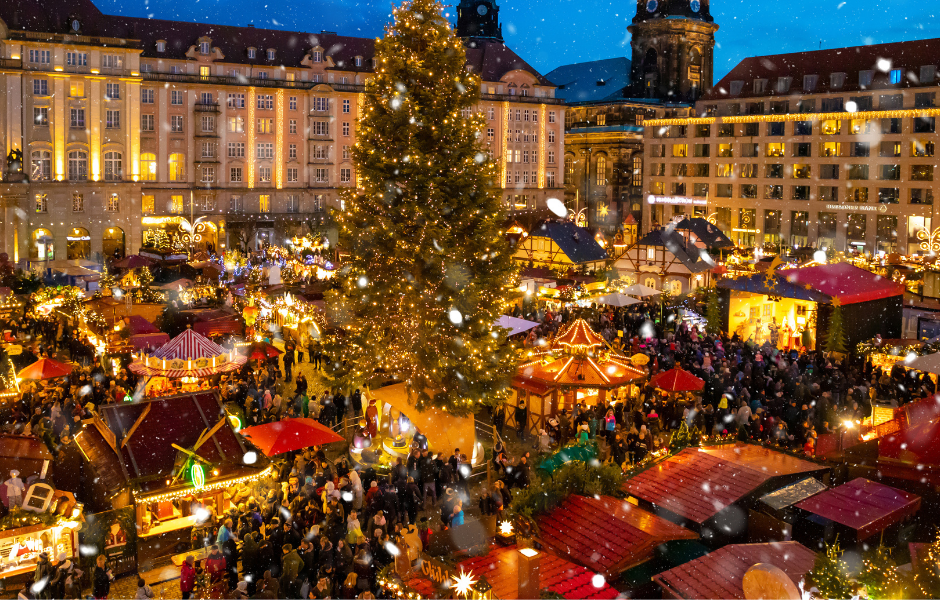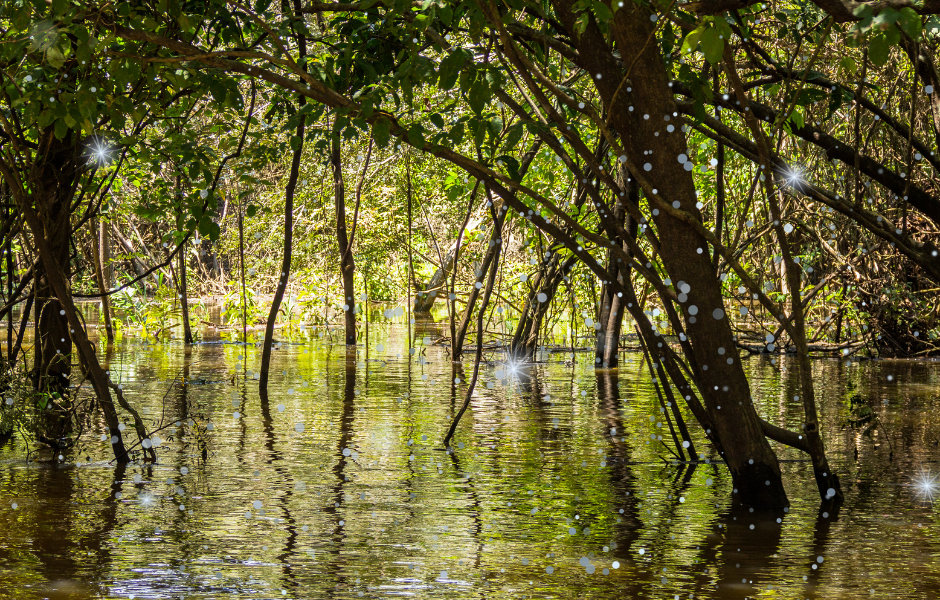
This children’s article, A kids’ guide to the Amazon Rainforest, has been written for native English speakers and learners of English as a second or foreign language. It can help children practise reading and comprehension, learn new vocabulary, and discover amazing facts about the world’s largest rainforest. Written by Sinead O’Carroll, an experienced writer and EFL teacher.
An introduction to the Amazon Rainforest
The Amazon Rainforest is a vast, green jungle in South America. It stretches across nine countries, but most of it is in Brazil. It’s sometimes called “the lungs of the Earth” because it helps produce the oxygen we all breathe.
The Amazon is home to thousands of amazing animals, plants, and even some people who still live deep in the forest.
Facts about the Amazon Rainforest
The Amazon is over 6.7 million square kilometres in size, that’s almost as big as Australia! It’s full of winding rivers, giant trees, colourful birds, buzzing insects, and lots of amazing wild animals.
The Amazon River, one of the longest in the world, flows through it. The rainforest has a hot, wet climate all year round.
What’s the Amazon famous for?
The Amazon is famous for its biodiversity, which means it has more different types of life than almost anywhere else on Earth. It’s packed with colourful birds, sloths, jaguars, monkeys, and millions of insects. Scientists believe many species living there haven’t even been discovered yet!
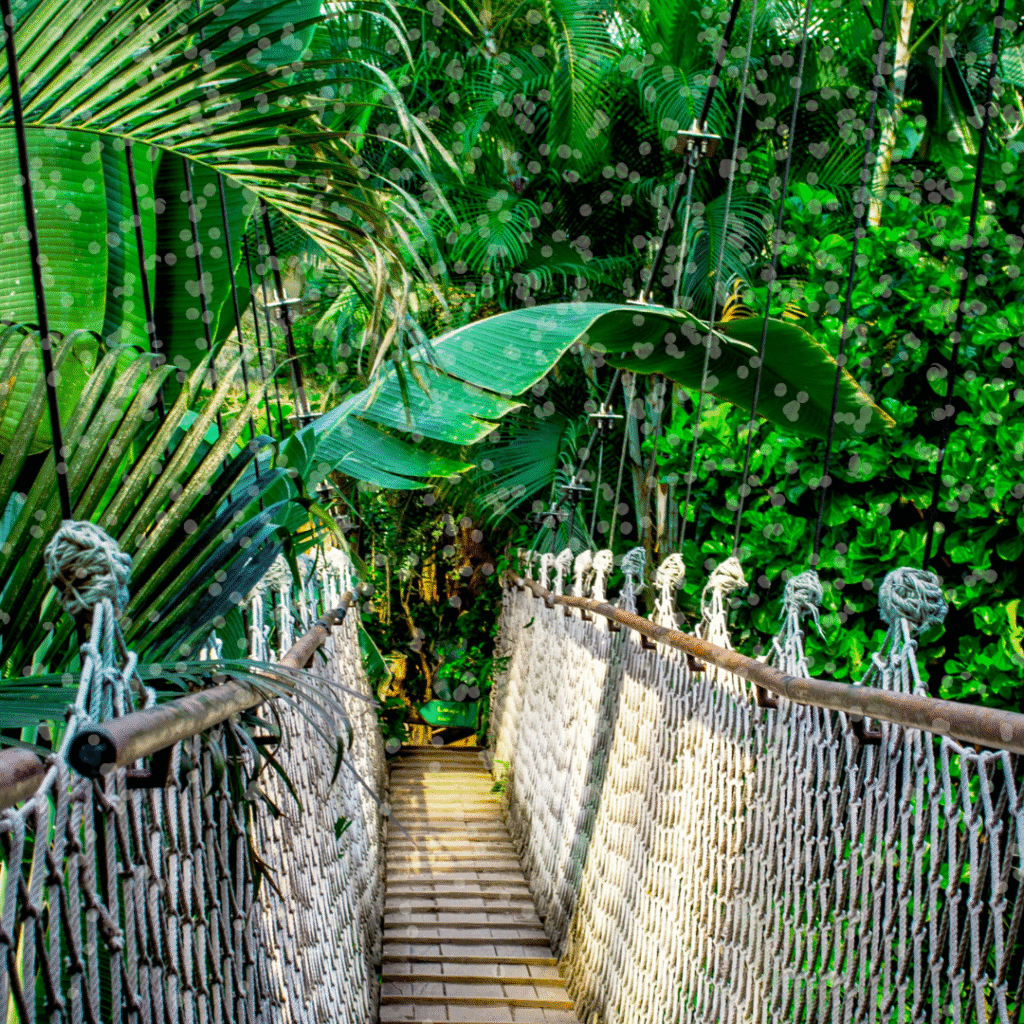
Cool places to visit in the Amazon
- Manaus, Brazil – A city right in the rainforest, where you can visit the famous pink river dolphins.
- Meeting of Waters – Where two rivers meet but don’t mix right away, one is dark and the other light brown!
- Amazon canopy walkways – High bridges that let you walk above the trees and see the forest from a bird’s-eye view.
- Indigenous communities – Some of the people who have lived in the rainforest for many generations invite visitors to learn about their unique way of life.
What’s on the Amazon menu?
In the Amazon, people eat foods that come from the forest and rivers. A popular fish is piranha (yes, the same ones you’ve heard about in films!). Locals also eat cassava, a root vegetable, and drink açaí juice made from small purple berries. Fried plantains are a sweet treat.
What do people wear?
People living in Amazon cities wear everyday clothes like T-shirts and shorts. But some Indigenous communities wear traditional clothes made from natural materials. During festivals, you might see colourful headdresses, beads, and body paint made from fruits and plants.
Fun facts about the Amazon Forest
- The Amazon has over 16,000 different types of trees.
- The rainforest is home to the world’s largest snake – the green anaconda.
- There are pink dolphins in the rivers!
- The Amazon is so big, it creates its own weather.
- The rainforest gets between 1,500 and 3,000 millimetres of rain each year.
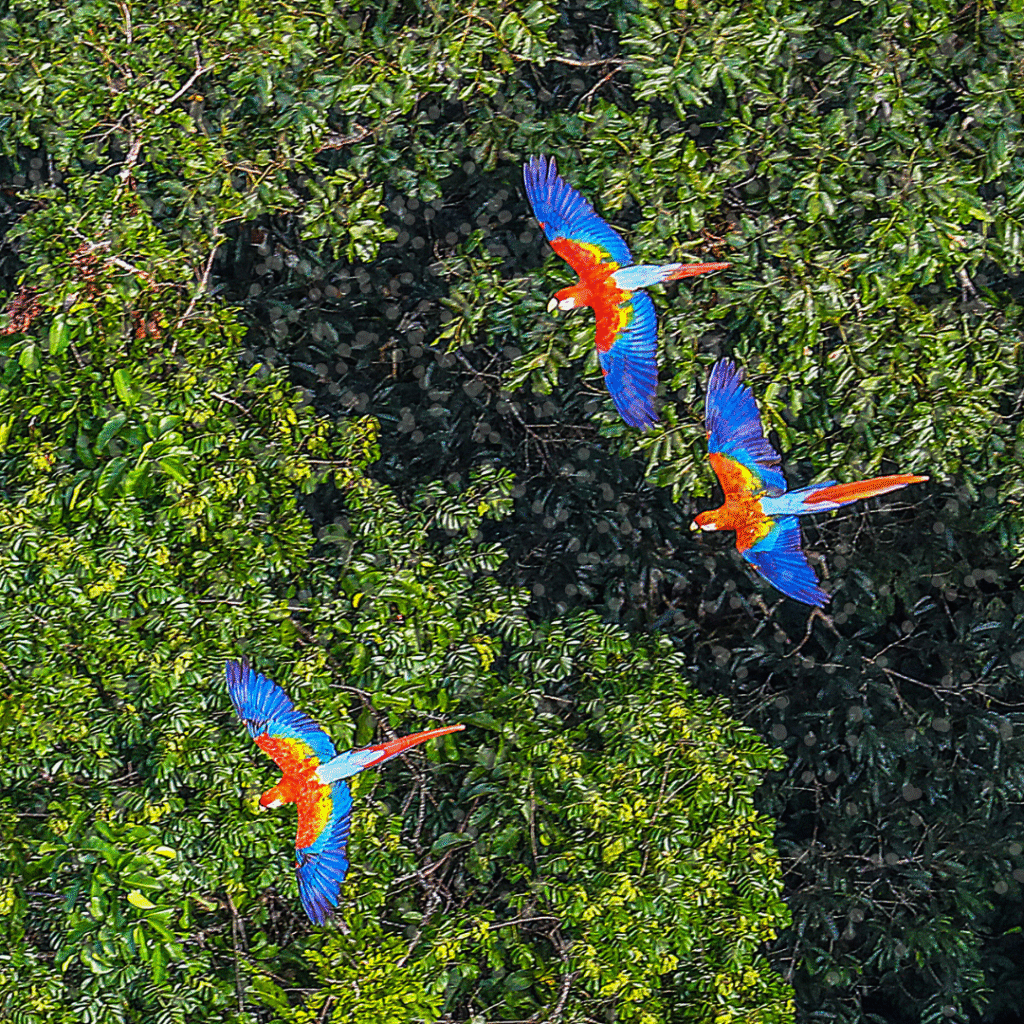
Vocabulary list
- Rainforest – A thick forest in a hot area with lots of rain
- Biodiversity – The variety of different living things in one place
- Indigenous – The first people to live in a place
- Canopy – The upper part of the forest where tree branches and leaves form a roof
- Piranha – A small fish with sharp teeth that lives in rivers
- Cassava – A root vegetable used in cooking
- Headdress – Something worn on the head, often for celebrations
- Anaconda – A very large snake found in South America
- Tribe – A group of people with shared culture and history
- Millimetres – A way to measure small amounts of rain
Comprehension questions
Just click the plus (+) to see the answer
1. Which country has most of the Amazon Rainforest?
a) Peru
b) Brazil
c) Colombia
Answer: b) Brazil
2. Why is the Amazon called “the lungs of the Earth”?
a) It’s shaped like lungs
b) It helps people breathe by making oxygen
c) It’s full of air
Answer: b) It helps people breathe by making oxygen
3. What animal in the Amazon is famous for being pink?
a) Anaconda
b) Piranha
c) Dolphin
Answer: c) Dolphin
4. What do people walk on to see the rainforest from above?
a) Mountain tops
b) Canopy walkways
c) Boats
Answer: b) Canopy walkways
5. What is cassava?
Answer: A root vegetable that people eat
6. Name one city in the Amazon Rainforest?
Answer: Manaus
7. What is biodiversity?
Answer: Having many different living things in one place
Sinead is a writer and EFL teacher with eight years’ experience. She’s a native English speaker who loves making news stories fun and easy to understand for children around the world. Her passions include travel, animals, and helping to make the world a kinder, more sustainable place.

